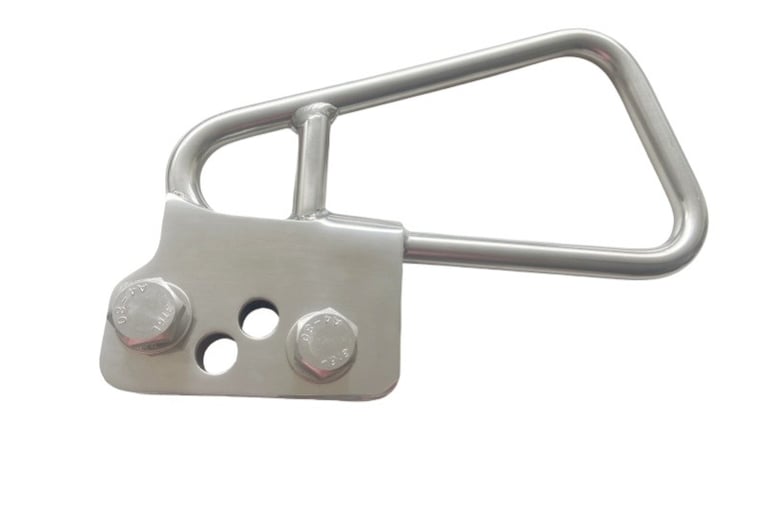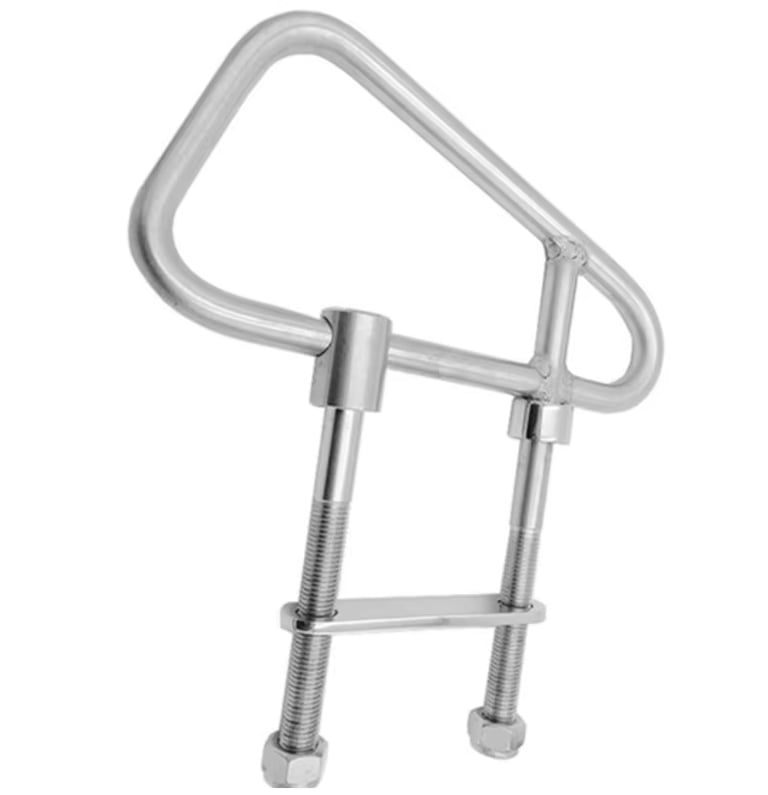stainless steel rod bending fabrication
Comprehensive Guide to Stainless Steel Rod, Tube, and Pipe Bending, Plate Laser Cutting and Forming, and Mechanical Assembly
CNC TUBE BENDING SERVICESSHEET METAL FABRICATION
10/29/20242 min read
Stainless Steel Rod Bending Service Welding Fabrication Work Marine Boat Snares


Introduction to Stainless Steel Fabrication
Stainless steel is renowned for its durability, corrosion resistance, and aesthetic appeal, making it a favored material in various industries. The process of stainless steel tube and pipe fabrication entails several intricate methods, including bending, cutting, welding, and plate manipulation. A thorough understanding of these processes can significantly enhance the quality of mechanical parts produced.
Bending Techniques for Stainless Steel Tubes and Pipes
Bending stainless steel tubes and pipes is a crucial step in fabrication. This process can be approached through various methods, such as mandrel bending, compression bending, and rotary draw bending. Each technique exhibits unique characteristics and benefits based on the application's requirements. For instance, mandrel bending allows for a tighter radius without compromising the structural integrity of the tube or pipe, making it particularly suitable for complex designs. On the other hand, compression bending proves to be more cost-effective for simpler geometries.
Laser Cutting and Welding Fabrication
Laser cutting serves as a precise method for shaping stainless steel plates, resulting in clean edges and intricate designs. This technology utilizes a high-powered laser to cut through the material, ensuring accuracy and reducing waste. Following the cutting process, welding becomes the next vital step in the fabrication of mechanical parts. Various welding techniques, including TIG (Tungsten Inert Gas) and MIG (Metal Inert Gas), can be employed depending on the project requirements. The choice of welding technique influences the final product's strength and visual quality. Proper techniques in welding ensure that the joints formed are not only robust but also maintain the aesthetic integrity of the fabricated components.
Ensuring Quality in Fabrication Processes
Quality assurance is paramount in stainless steel fabrication. Implementing rigorous testing procedures throughout the bending, cutting, and welding phases guarantees the mechanical parts meet the necessary standards for durability and functionality. Common tests include tensile strength, ductility assessment, and corrosion resistance evaluations. Adhering to industry standards and utilizing modern fabrication techniques significantly enhances the reliability of the final products.
Nanjing Machiningtabtech is a professional manufacturer of stainless steel sheet metal fabrication with years of experience, the product in the photo and video is a stainless steel fabricated grip handle, contact us for more information if you are interested.
Conclusion
The components shown in the images are marine boat snares, manufactured from premium SS316L stainless steel, renowned for its superior corrosion resistance—ideal for harsh marine environments. Featuring high-strength welding, each unit is engineered to withstand forces up to 670 KGS, ensuring durability and reliability in demanding conditions. Additionally, the precisely bent rods guarantee accurate dimensions, allowing for seamless assembly and installation.
In summary, the fabrication of stainless steel tubes and pipes involves a series of sophisticated techniques, including bending, laser cutting, and welding. Each process requires meticulous attention to detail and adherence to quality standards to ensure optimal performance of the mechanical parts produced. By staying updated with the latest technologies in stainless steel fabrication, businesses can improve their product offerings and maintain competitiveness in the ever-evolving industrial landscape.


Follow Us
Contact
© 2024. All rights reserved.
Privary Policy
Refund Policy
